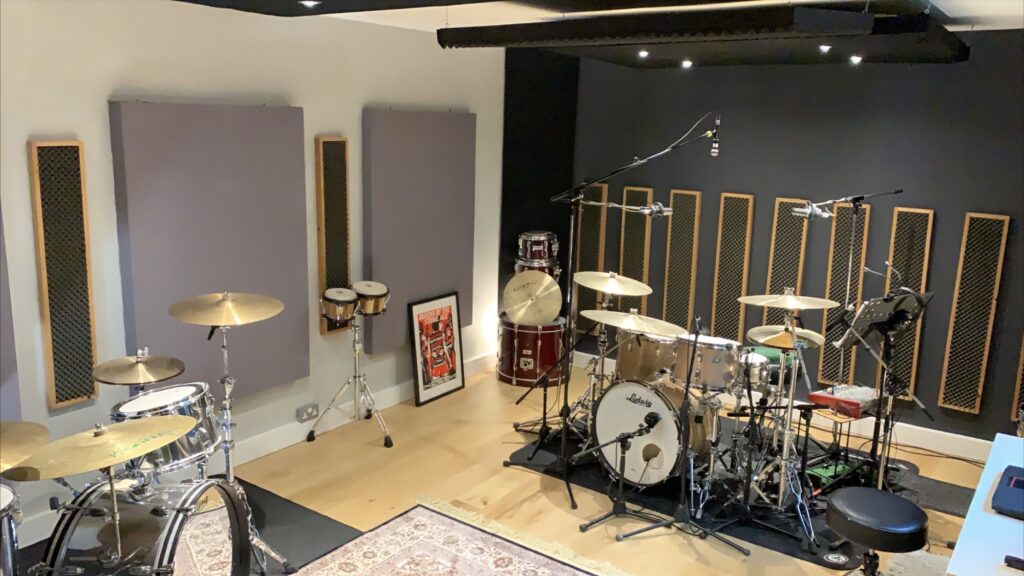Acoustic performance plays a pivotal role in various settings, ranging from concert halls to office spaces. It significantly impacts the quality of sound and the overall experience of occupants within a given environment. However, despite its importance, many spaces suffer from poor acoustic performance, leading to undesirable outcomes such as decreased productivity, compromised communication, and diminished enjoyment of auditory experiences. In this article, we delve into the reasons behind poor acoustic performance, providing insights into the various factors that contribute to this issue.
1. Inadequate Room Design
One of the primary causes of poor acoustic performance is inadequate room design. Rooms that lack proper acoustic treatment, such as sound-absorbing materials or diffusers, tend to suffer from problems such as excessive reverberation, flutter echoes, and sound distortion. Additionally, rooms with inappropriate dimensions or irregular shapes can exacerbate acoustic issues, as they may create standing waves and resonance frequencies that disrupt sound quality.
2. Insufficient Sound Insulation
Another common reason for poor acoustic performance is insufficient sound insulation. In spaces where sound isolation is crucial, such as offices, recording studios, and residential dwellings, inadequate insulation can result in sound leakage from external sources or neighboring rooms. This can lead to distractions, privacy concerns, and a decrease in the perceived quality of sound within the space.
3. Improper HVAC Systems

The Heating, Ventilation, and Air Conditioning (HVAC) systems in a building can also impact its acoustic performance. Poorly designed or maintained HVAC systems may generate excessive noise levels, which can interfere with speech intelligibility, concentration, and overall comfort. Additionally, air vents and ducts that are not adequately insulated can transmit airborne noise throughout the building, further exacerbating acoustic problems.
4. Architectural Elements
Architectural elements such as hard surfaces, glass walls, and high ceilings can contribute to poor acoustic performance. These features often result in sound reflections and reverberations, which can create a noisy and distracting environment. While aesthetically pleasing, these architectural choices may need to be balanced with appropriate acoustic treatments to ensure optimal sound quality.
5. Equipment and Furniture
The type and placement of equipment and furniture within a space can also impact its acoustic performance. Items such as loudspeakers, computer servers, and office furniture can introduce unwanted noise and vibrations, disrupting the overall sound environment. Moreover, cluttered spaces with poorly arranged furniture may impede sound diffusion and absorption, further complicating acoustic management.
Contact Waseem Muhammad Technical Soundproofing Expert in Dubai: +971 50 209 7517
Conclusion
Poor acoustic performance can have detrimental effects on the functionality and comfort of various spaces, from classrooms and offices to theaters and homes. By understanding the underlying causes of acoustic issues and implementing appropriate solutions, it is possible to create environments that promote clear communication, enhance productivity, and facilitate enjoyable auditory experiences for occupants. Through careful planning, thoughtful design, and strategic interventions, the impact of poor acoustic performance can be effectively mitigated, resulting in spaces that are both acoustically pleasing and functional.
FAQs
How can I determine if a space has poor acoustic performance?
Signs of poor acoustic performance include excessive reverberation, difficulty understanding speech, and uneven sound distribution throughout the room. Conducting a professional acoustic assessment can provide valuable insights into the specific issues present in a given space.
What are some cost-effective solutions for improving acoustic performance?
Cost-effective solutions include adding acoustic panels or diffusers to walls, installing carpeting or rugs to absorb sound, and rearranging furniture to optimize sound diffusion. Additionally, sealing gaps and cracks, upgrading insulation, and incorporating soundproof curtains or drapes can help mitigate acoustic problems.
How can I prevent acoustic issues in new construction projects?
Designing with acoustics in mind from the outset is key to preventing acoustic issues in new construction projects. This involves consulting with acoustic engineers during the planning phase, selecting appropriate building materials and finishes, and implementing soundproofing measures in critical areas such as walls, floors, and ceilings.




